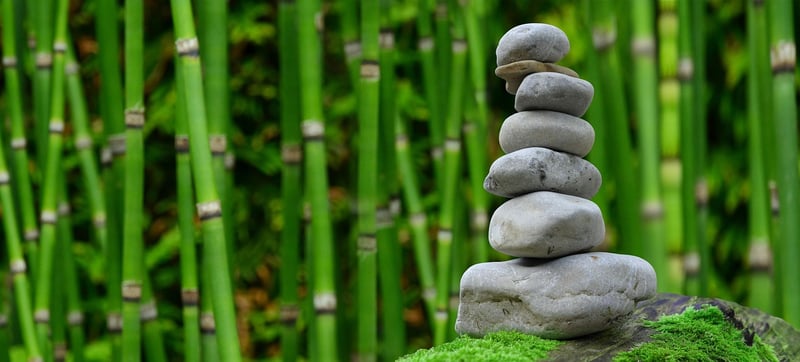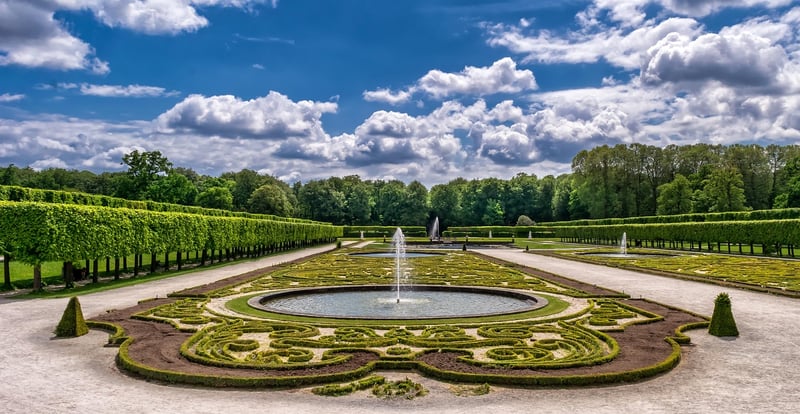Tsukiyama
The Art of Tsukiyama in Distinct Landscaping
In the realm of landscaping, the art of Tsukiyama holds a special place, blending nature and design in a harmonious way that creates serene and captivating outdoor spaces. Tsukiyama, originating from Japan, focuses on creating miniature landscapes that mimic the natural world, often found in traditional Japanese gardens. Let's explore how Tsukiyama can be incorporated into distinct landscaping to elevate the beauty of outdoor areas.
Elements of Tsukiyama
Central to Tsukiyama are carefully placed rocks, sand, gravel, and plants that symbolize mountains, rivers, and forests. These elements are arranged thoughtfully to evoke a sense of tranquility and balance. By incorporating these elements, a landscape can transform into a peaceful sanctuary that invites contemplation and relaxation.
Distinct Landscaping with Tsukiyama
When integrating Tsukiyama into distinct landscaping, consider the following:
- Balance: Create a sense of balance by arranging elements asymmetrically but in a way that feels harmonious and natural.
- Minimalism: Embrace simplicity by using a restrained color palette and limited variety of plants and materials.
- Focal Points: Designate focal points within the landscape to draw the eye and create visual interest.
- Seasonal Changes: Adapt the landscape to change with the seasons, reflecting the beauty of nature's cycles.
Enhancing Your Outdoor Space
Whether you have a small backyard, a sprawling garden, or a rooftop oasis, incorporating Tsukiyama principles can enhance your outdoor space. By embracing simplicity, balance, and natural elements, you can create a landscape that soothes the soul and delights the senses.

Immerse yourself in the art of Tsukiyama and transform your outdoor space into a place of beauty and tranquility that celebrates the harmony between nature and design.
Experience the timeless allure of Tsukiyama and discover the transformative power of distinct landscaping in creating outdoor spaces that inspire and rejuvenate.
